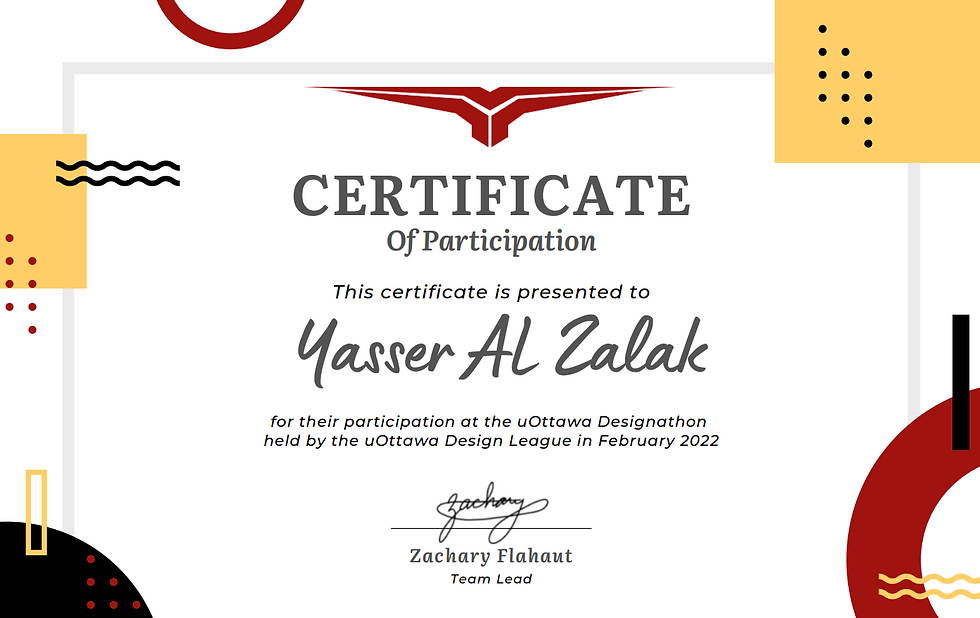Subsidio (Bicompartmental Spring-Loaded Knee Brace)
- yasseralzalak
- Jan 26, 2023
- 2 min read
Updated: Apr 28, 2023
Subsidio is a bicompartmental offloading knee brace in comparison to most devices on the market, which are unicompartment and target a mere 4% of the knee OA population. Our low-cost knee brace bolsters a variety of features, including adjustable three-point valgus unloading straps, a knee extension assist mechanism, an ergonomic, lightweight, and aesthetic housing for all components, and an expected 7-year lifetime. It incorporates reasonable priced material selections to produce an effective device that weighs between 0.5 to 1.26 kg with a user weight ratio between 55 and 140 kg. After conducting in-depth analysis on the efficacy of the brace, the following are the results: brace to total lower limb contact ratio is 11.7%, KAM for MC offloading (Nm).
Subsidio has 3 main subsystems: the Knee Extension Assist (KEA) mechanism, a rack and pinion offloading adjustable straps, and 4-bar polycentric knee hinge. The KEA mechanism assists elderly during knee extension, by utilizing a heavy duty spring that pulls the hinge ass the user extends their knee. The KEA mechanism can be disengaged by the user whenever he/she does not require the KEA mechanisms for example at deep knee flexion like sitting and climbing stairs. The 4-bar polycentric hinges was designed to mimic the movement of the human knee, which is actually a 4-bar linkage. The polycentric hinge not only mimics the natural movement of the knee which increases overall comfortability, but also passively locks when fully extended eliminating knee buckling keeping the leg upright and stiff. The polycentric hinge automatically and seamlessly unlocks when the user bends their knee. The geometry and design of the polycentric hinge allows the mechanism to lock and unlock.
I was mostly responsible for designing concept designs and then translating these designs into Solidworks by creating each part and subassembly and finally the final assembly. Additionally rendering the final design in high definition. Finally ensuring that the Matlab code was connected to the Solidworks design, where according to user input of height and weight Matlab spits out dimensions values calculated according to our set safety values and translating those dimensions into automatic changes in the Solidworks design.
This project challenged me and my designing skills in Solidworks, but after completing the final design the amount of new skills, experience, and new tools I learned in Solidworks are skills I believe I will be using on a daily basis if I work as a designer in the future, and hopefully these skills I gained will make my transition from Solidworks to any other designing program easier and less stressful.













Comments